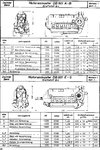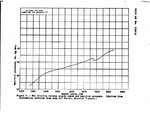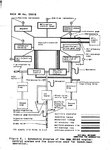mkloby
Master Sergeant
I need to get an old aircraft manual to look at now, because that seems to defeat the whole point of a constant speed prop, ie changing pitch to maintain a set propeller RPM.Hi Mkloby,
>You seem to be referring to engine RPM. I am referring to maintaining a specified prop RPM
Hm, unlike as with some turbine types, on most aircraft piston powerplants engine rpm and prop rpm are directly proportional to each other as they're connected through a fixed-ratio gearing (or directly, in lower powered types). If I mixed the two terms, that would be because they change in unison so that I didn't think of them as separate
Hm, I don't think that we already touched this topic, but increased thrust (regardless how it's achieved) does in fact improve an aircraft's specific excess power, improving its capability for sustained turns.
Instantaneous turns will be unaffected, of course. I guess that's what you were thinking of?
(Just so that the idealized term "instantaneous" won't cause unnecessary confusion: non-stabilized turns of finite duration would actually be influenced by power available
Regards,
Henning (HoHun)
I confused you with that one, sorry about that - "turns" is a rotary wing slang for Nr (rotor rpm). I was referring to prop rpm there. I'll blame it on the V-22, since we still call it Nr.



